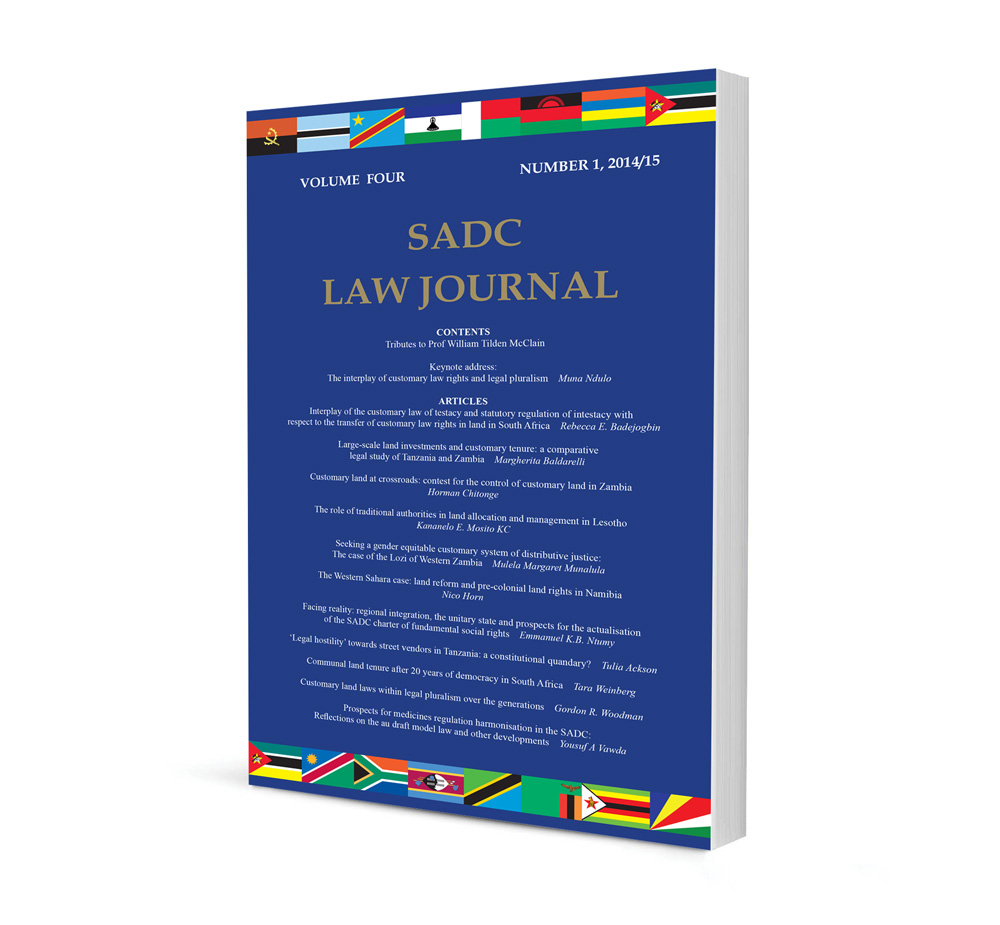The 2009 Bilateral Investment Treaty between South Africa and Zimbabwe : Balancing between competing pressures

The 2009 Bilateral Investment Treaty between South Africa and Zimbabwe : Balancing between competing pressures
Authors Nokuhle Madolo
ISSN: 2026-8556
Affiliations: Senior Researcher at the Mandela Institute, University of the Witwatersrand
Source: SADC Law Journal, The, 2012, Issue 2, p. 205 – 222
Abstract
This paper discusses the Bilateral Investment Promotion and Protection Agreement (BIPPA) between South Africa and Zimbabwe entered into in November 2009. It highlights the fact that policymakers in both countries realised the need to have an agreement in place that would boost Zimbabwe’s beleaguered economy and serve as a protection mechanism for investments in both countries — amidst objections from South African farmers who tried to stop the agreement from being signed. The paper discusses the implications of these two countries’ entering into such an agreement against the background of their national economic policies, national laws and international law. The paper suggests there is a need to maintain a balance between national polices and international law as competing pressures are brought to bear when it comes to the BIPPA’s implementation. The question here is whether or not the Agreement alone is likely to solve the long-standing conflict brought by Zimbabwe’s land policy, which resulted in the seizing of land and the issue of investor protection. Competing pressures that are raised in this regard are issues of constitutional rights, legislative supremacy, diplomatic protection, and treaty interpretation in regard to investor protection. In this regard, the paper investigates the implications of the Agreement from the point of view of other legal obligations invoked in different forums, namely domestic South African and Zimbabwe law, Southern African Development Community (SADC) regional law, international law, and international customary law. Further questions are whether or not the BIPPA can, on its own, solve any investor dispute that may arise, and whether or not investors will be faced with a host of other competing legal pressures that could be brought to the forefront in future investment disputes. Of particular importance would be the BIPPA’s dispute resolution clauses. The discussion explores whether or not the signing of this Agreement ushered in a new dawn in the Zimbabwean economy and the stabilisation of the southern African region in general. The discussion is concluded by suggesting that, in seeking to balance the competing interests between national policies and international law and to ensure the constitutional responsibilities of the state are not interfered with, the BIPPA attempts to regulate future cross-border investment disputes between South Africa and Zimbabwe.